To become a successful angler, it is crucial to understand the behavior and habitat of the fish you are targeting. Environmental factors play a significant role in determining fish behavior, such as water temperature, weather conditions, and water clarity.
Innovative techniques for today’s anglers, in the dynamic world of angling, modern technology and innovative approaches have transformed the way anglers pursue their passion.
Contents
From utilizing drones for scouting prime fishing spots to incorporating virtual reality to simulate realistic underwater conditions, today’s anglers have an array of innovative techniques at their disposal.
Advanced fish finders equipped with AI algorithms help identify species and optimize bait selection, while underwater cameras provide unprecedented insights into fish behavior.
Moreover, the integration of eco-friendly practices and sustainable fishing methods underscores a conscientious shift within the angling community.
These innovative techniques collectively redefine the art of angling in the contemporary era. Let’s explore some key aspects of fish behavior and habitat:
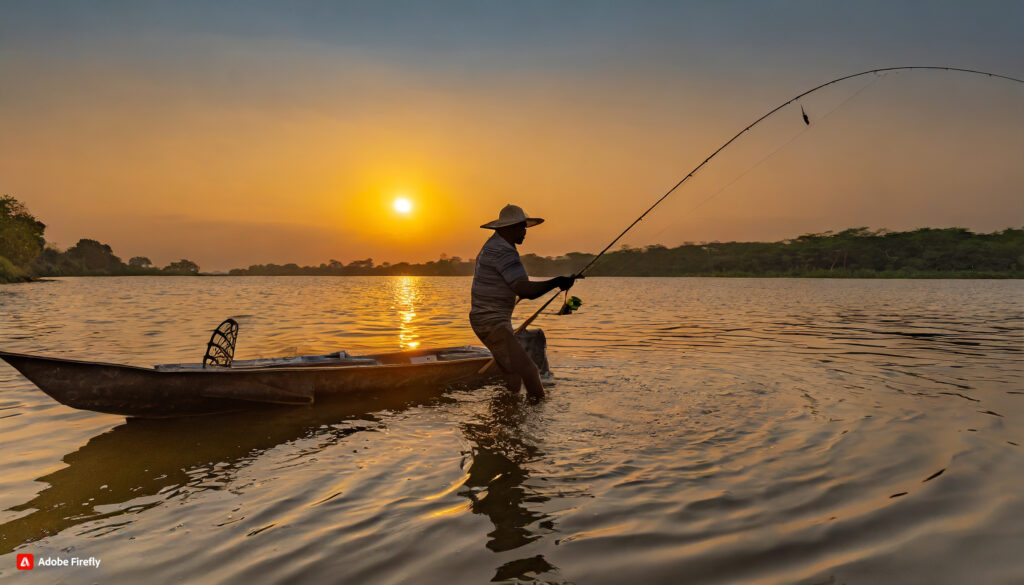
Innovative techniques for today’s anglers
Water Temperature and Seasonal Patterns
Water temperature has a profound impact on fish behavior and their feeding patterns. Different species of fish have specific temperature preferences, and understanding these preferences can greatly improve your chances of success.
For example, during the spring, when water temperatures start to rise, many fish species become more active and move towards shallower waters to spawn.
On the other hand, during the colder winter months, fish tend to seek deeper, warmer waters where they can conserve energy.
Structure and Cover
Fish are naturally drawn to areas that provide cover and structure, as these areas offer protection from predators and serve as hunting grounds for prey.
Structure refers to physical features in the water such as rocks, fallen trees, submerged vegetation, or man-made structures like docks or bridges.
These structures create hiding spots for fish and attract smaller baitfish, which in turn attract larger predatory fish. By identifying and targeting areas with structure, you can increase your chances of finding active fish.
Water Clarity and Oxygen Levels
Water clarity and oxygen levels also play a crucial role in fish behavior. Clear water allows fish to rely more on their vision to locate prey, while murky or stained water may require them to rely more on their sense of smell and vibration detection.
Understanding the impact of water clarity on fish behavior can help you choose the right lures or baits that mimic the natural prey in that particular environment.
Additionally, fish require sufficient oxygen levels to thrive. Areas with strong currents or aeration, such as near dams or inflowing streams, often have higher oxygen levels and attract more fish.
Utilizing Technology for Fish Location and Tracking
Technological advancements have made it easier than ever to locate and track fish.
Fish finders, equipped with sonar technology, allow anglers to visualize the underwater landscape, identify fish, and determine their depth and movement patterns.
Modern fish finders can even provide detailed information about the underwater structure, such as drop-offs, humps, or submerged vegetation, which are often prime fishing spots.
By using these tools, anglers can make more informed decisions about where to cast their lines, increasing their chances of hooking into a fish.
Importance of Understanding Fish Habitat for Successful Angling
Understanding fish habitat is crucial for successful angling. Each fish species has specific habitat preferences, ranging from freshwater lakes and rivers to saltwater estuaries and reefs.
Researching the habitat preferences of your target species can help you narrow down your fishing locations and increase your chances of finding fish.
For example, if you’re targeting largemouth bass, you’ll want to focus on areas with abundant vegetation, such as lily pads or submerged grass beds.
On the other hand, if you’re targeting trout, you’ll want to look for fast-flowing, oxygen-rich streams.
Case Study: Bass Fishing in Different Habitats
To illustrate the importance of understanding fish habitat, let’s take a look at bass fishing in different environments. Largemouth bass, for instance, can be found in a variety of habitats, including lakes, ponds, rivers, and reservoirs.
In lakes, bass tend to relate to structure such as submerged logs, rock piles, or weed beds. Knowing how to locate and fish these areas can significantly increase your chances of catching bass.
In rivers, bass often position themselves near current breaks, such as boulders or fallen trees, where they can ambush passing prey.
By understanding the specific habitat preferences of bass in different environments, anglers can tailor their techniques and increase their success rates.
By gaining a deeper understanding of fish behavior and habitat, anglers can make informed decisions about where and how to fish.
Factors such as water temperature, structure and cover, water clarity, and oxygen levels all play a role in determining fish behavior.
Utilizing technology, such as fish finders and sonar, can provide valuable insights into fish location and movement patterns.
By combining this knowledge with your own observations and experience, you can maximize your chances of a successful angling adventure.
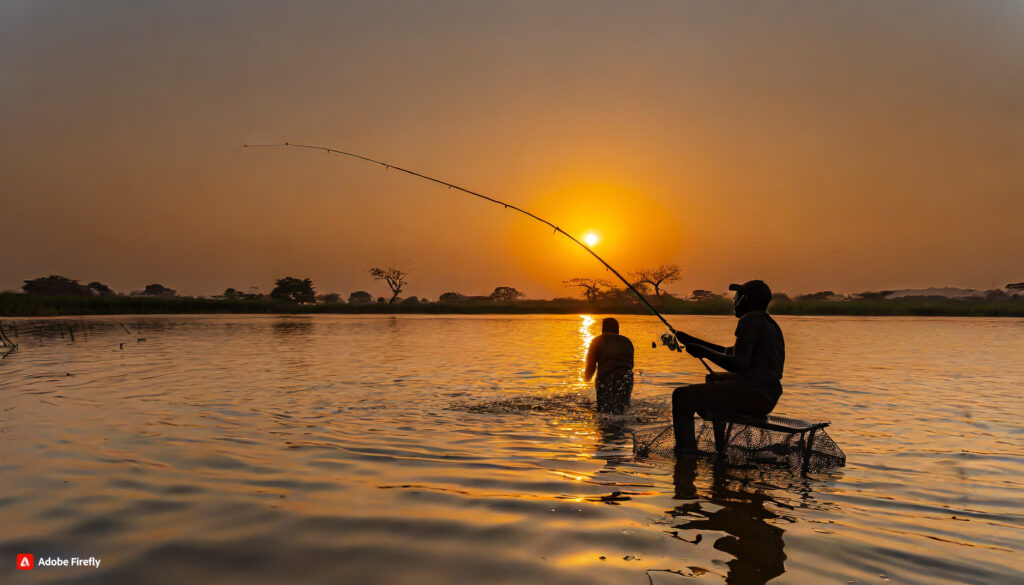
Cutting-Edge Fishing Gear and Equipment
Innovation in fishing gear and equipment has paved the way for more efficient and effective angling. Let’s explore some of the cutting-edge gear and equipment that can enhance your fishing experience:
Advanced Fishing Rods and Reels
Modern fishing rods and reels have undergone significant advancements, offering anglers improved sensitivity, casting distance, and overall performance.
High-quality materials, such as carbon fiber or graphite, make rods lighter and more responsive, allowing for better control and increased sensitivity to subtle bites.
Advanced reel technologies, such as smooth drag systems and precise gear ratios, ensure smooth line retrieval and improved casting accuracy. These innovations translate into more successful hooksets and a better overall angling experience.
Innovative Fishing Lines and Hooks
Fishing lines and hooks have also seen notable advancements in recent years. Monofilament lines, made from a single strand of nylon or other polymers, have been a staple in angling for decades.
However, braided lines, composed of multiple strands of synthetic fibers, have gained popularity due to their superior strength, sensitivity, and thin diameter.
Fluorocarbon lines, virtually invisible underwater, are another innovation that has become widely used for its low visibility and abrasion resistance.
Additionally, hooks have evolved with sharper and stronger designs, allowing for better penetration and increased hook-up ratios.
Fish Finders and Sonar Technology
Fish finders equipped with advanced sonar technology have revolutionized the way anglers locate and track fish.
These devices use sound waves to create detailed underwater maps, revealing the depth, structure, and presence of fish. Sonar technology can differentiate between fish and other objects, enabling anglers to target specific species.
Some fish finders even offer side imaging or down imaging capabilities, providing a detailed view of the underwater terrain.
By utilizing fish finders, anglers can save time and increase their chances of finding productive fishing spots.
High-Resolution Underwater Cameras
Underwater cameras offer a unique perspective, allowing anglers to observe fish behavior and adjust their techniques accordingly.
These cameras are typically attached to a line and lowered into the water, providing a live feed to a screen or mobile device.
Anglers can use underwater cameras to identify fish species, determine their size and behavior, and gain insights into their preferred habitat.
This information can be invaluable in fine-tuning your fishing approach and increasing your chances of a successful catch.
Virtual Reality Fishing Simulations
Virtual reality (VR) fishing simulations have gained popularity as a training tool for anglers. These simulations provide a realistic and immersive environment where anglers can practice their techniques and refine their skills.
VR fishing simulations allow anglers to experience different fishing scenarios, such as casting accuracy, lure selection, and reeling in fish.
By utilizing VR fishing simulations, anglers can gain confidence, improve their angling abilities, and experiment with new techniques before heading out to the actual fishing grounds.
Incorporating cutting-edge fishing gear and equipment into your angling arsenal can significantly enhance your fishing experience.
Advanced rods and reels provide improved sensitivity and casting distance, while innovative lines and hooks offer superior strength and performance.
Fish finders and sonar technology allow for precise fish location and tracking, while underwater cameras provide a unique view of fish behavior.
Virtual reality fishing simulations offer a realistic training environment to hone your skills. By embracing these innovations, anglers can stay at the forefront of angling technology and increase their chances of a successful fishing outing.
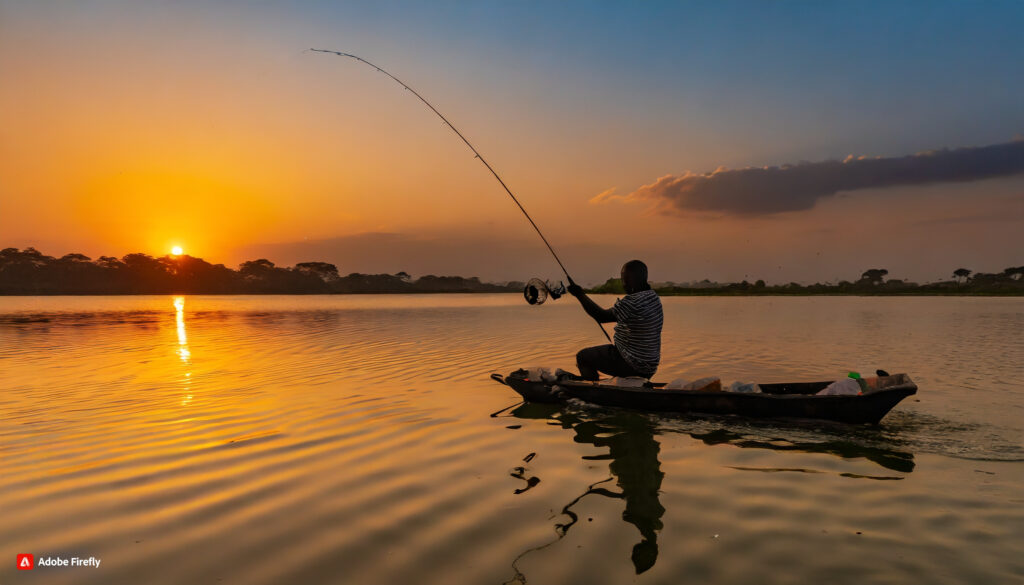
Innovative Bait and Lure Techniques
Artificial baits and lures have become increasingly popular among anglers due to their versatility and effectiveness. Let’s explore some innovative bait and lure techniques that can help you attract and hook more fish:
Introduction to Artificial Baits and Lures
Artificial baits and lures are designed to mimic the appearance and movement of natural prey, making them enticing to fish. They come in various shapes, sizes, and colors, allowing anglers to match the hatch and target specific fish species.
Artificial baits and lures can be made of soft plastics, hard plastics, metal, or even wood, each offering unique advantages and attracting different types of fish.
Scent-Based Baits
Scent-based baits have gained popularity among anglers as they can enhance the attractiveness of artificial lures. These baits are infused with attractants that mimic the smell of live bait, such as worms or minnows.
The scent trails left by these baits can entice fish to strike, even in situations where they may be less active or hesitant to bite. Anglers can apply scent-based attractants to their artificial lures or opt for pre-scented baits available in the market.
Electronic Lures
Electronic lures are a relatively new innovation in the world of fishing. These lures are equipped with built-in electronic components, such as LED lights or vibrating motors, that simulate the movement and signals of injured or distressed prey.
The flashing lights and vibrations can attract fish, especially in low-light conditions or murky waters.
Electronic lures come in various designs, including crankbaits, swimbaits, and topwater lures, and can be an effective tool to trigger predatory instincts in fish.
Hybrid Lures
Hybrid lures combine different elements to create innovative and effective bait options. For example, some hybrid lures feature a combination of hard and soft plastic components, providing the lifelike appearance and movement of natural prey.
Others may incorporate rattles or spinners to add sound and flash, increasing their visibility and attracting fish from a distance.
Hybrid lures offer versatility and can be used in various fishing scenarios, making them a valuable addition to any angler’s tackle box.
Customization and Modification
Anglers often experiment with customizing or modifying their baits and lures to make them more effective. This can involve adding scent attractants, changing hooks, or even altering the color or shape of the lure.
Customization allows anglers to adapt their baits to specific fishing conditions or target the preferences of different fish species.
It’s important to note that some modifications may require knowledge and expertise, so it’s advisable to research and understand the impact of any changes before implementing them.
Case Study: Successful Anglers and Innovative Bait Techniques
Many successful anglers have developed their own innovative bait techniques based on their insights and experiences. For example, some anglers have perfected the art of “staining” soft plastic baits.
Adding dyes or scents to match specific water conditions and increase their visibility underwater. Others have mastered the technique of “tuning” hard baits, adjusting the action or buoyancy to mimic the behavior of injured prey.
By studying the techniques of successful anglers and adapting them to your own fishing style, you can improve your chances of success on the water.
Incorporating innovative bait and lure techniques into your fishing approach can significantly increase your chances of attracting and hooking fish.
Whether you choose to experiment with scent-based baits, electronic lures, or hybrid designs, the key is to understand the preferences of your target fish species and adapt your techniques accordingly.
Customization and modification can also play a role in tailoring your baits to specific fishing conditions. By embracing these innovative techniques, you can elevate your angling experience and enjoy greater success on the water.

Conclusion
Innovation has revolutionized the world of fishing, offering anglers a plethora of techniques and tools to enhance their fishing experience.
By understanding fish behavior, utilizing cutting-edge gear, experimenting with innovative bait and lure techniques, and embracing high-tech fishing methods, anglers can significantly improve their chances of success.
Moreover, by prioritizing conservation and participating in online fishing communities, anglers can contribute to the sustainability of the sport and foster a sense of camaraderie among fellow anglers.
Embrace these innovative techniques, and let them guide you towards a more rewarding and successful angling journey.
Other related articles
- 5 Compelling Reasons Why Fish Farming is Essential
- North Carolina Fishing License Walmart: A Comprehensive Guide
- Walmart Fishing License Colorado: Everything You Need to Know
- Innovative Techniques for Today’s Anglers | Check It Out
- Taimen Fish | Exploring the Facts and Fascination
- Blue Lobster | Unveiling the Ocean’s Hidden Treasures

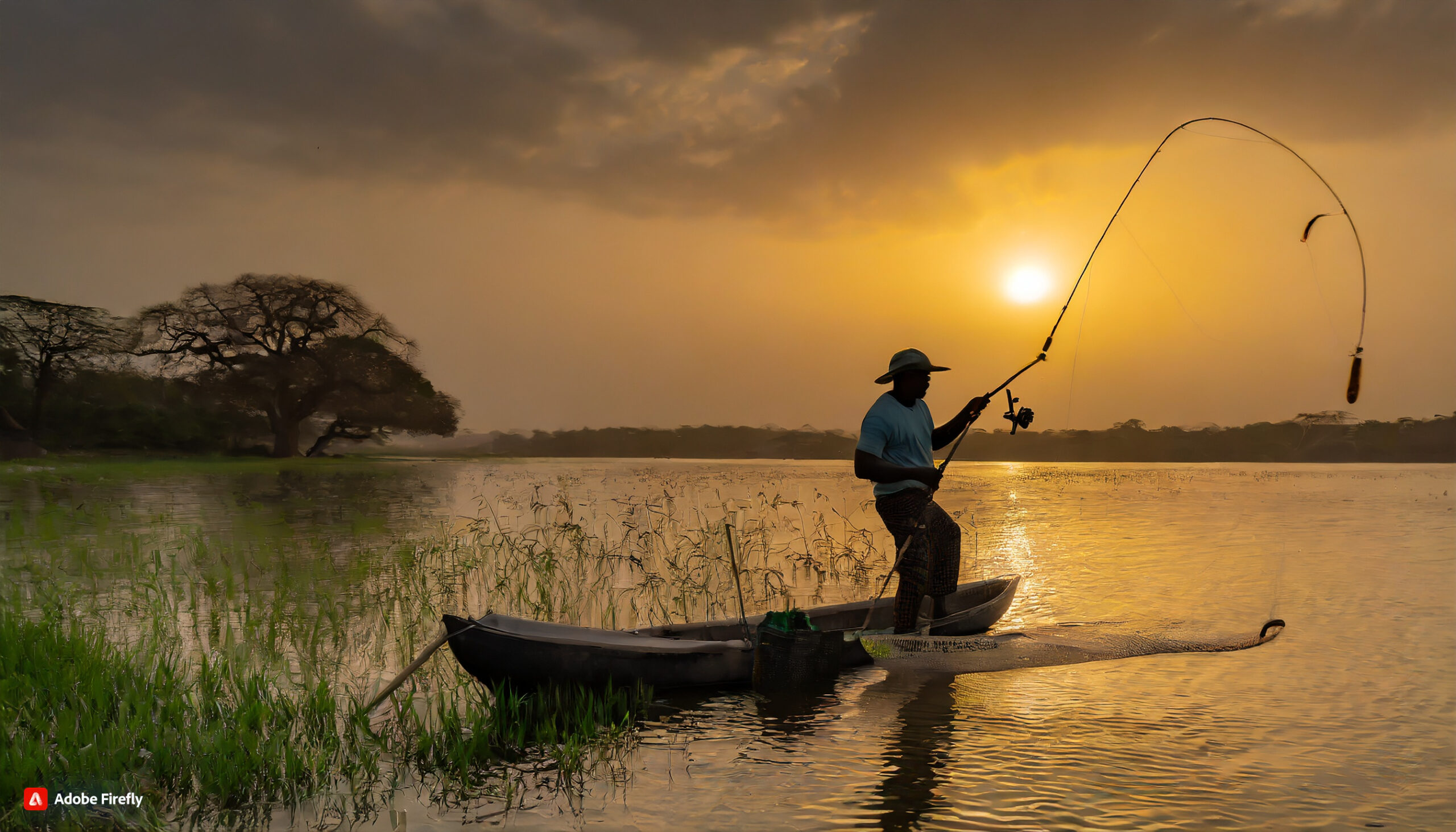
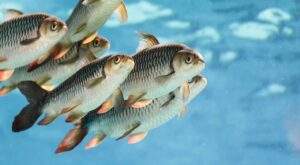

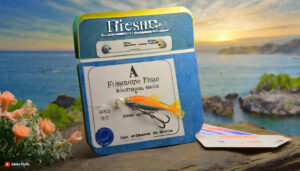
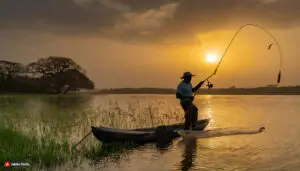



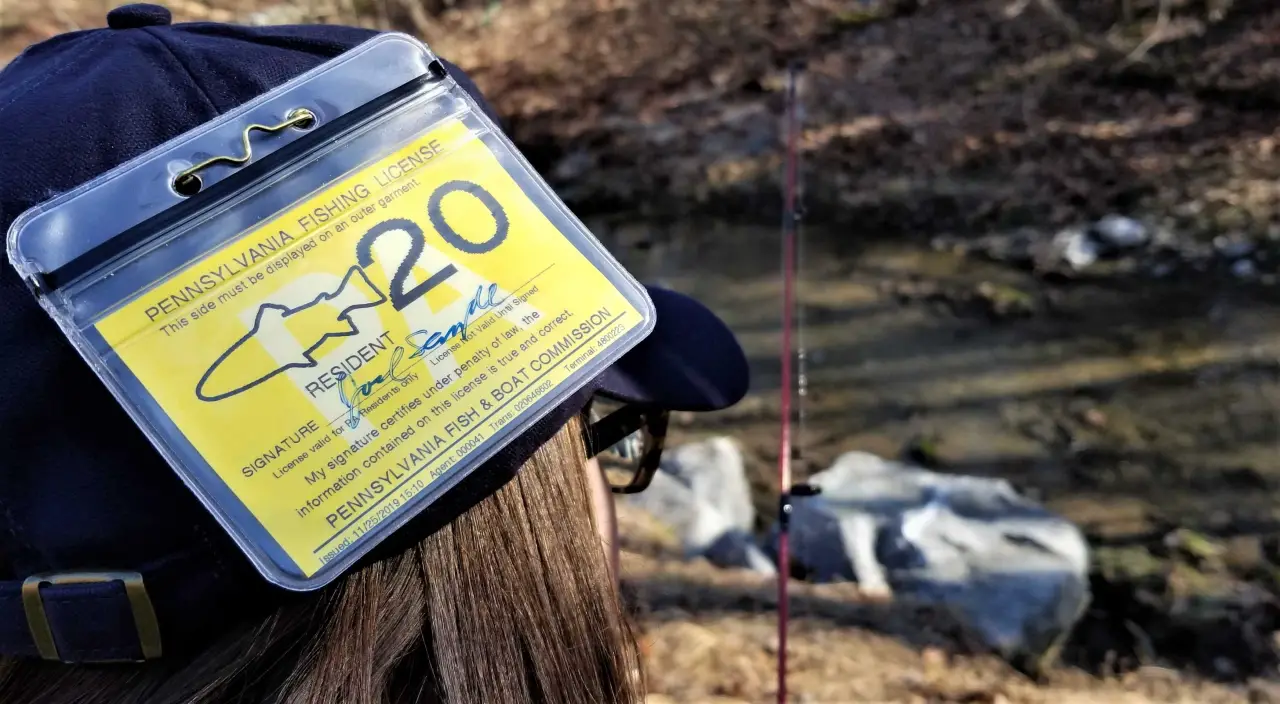
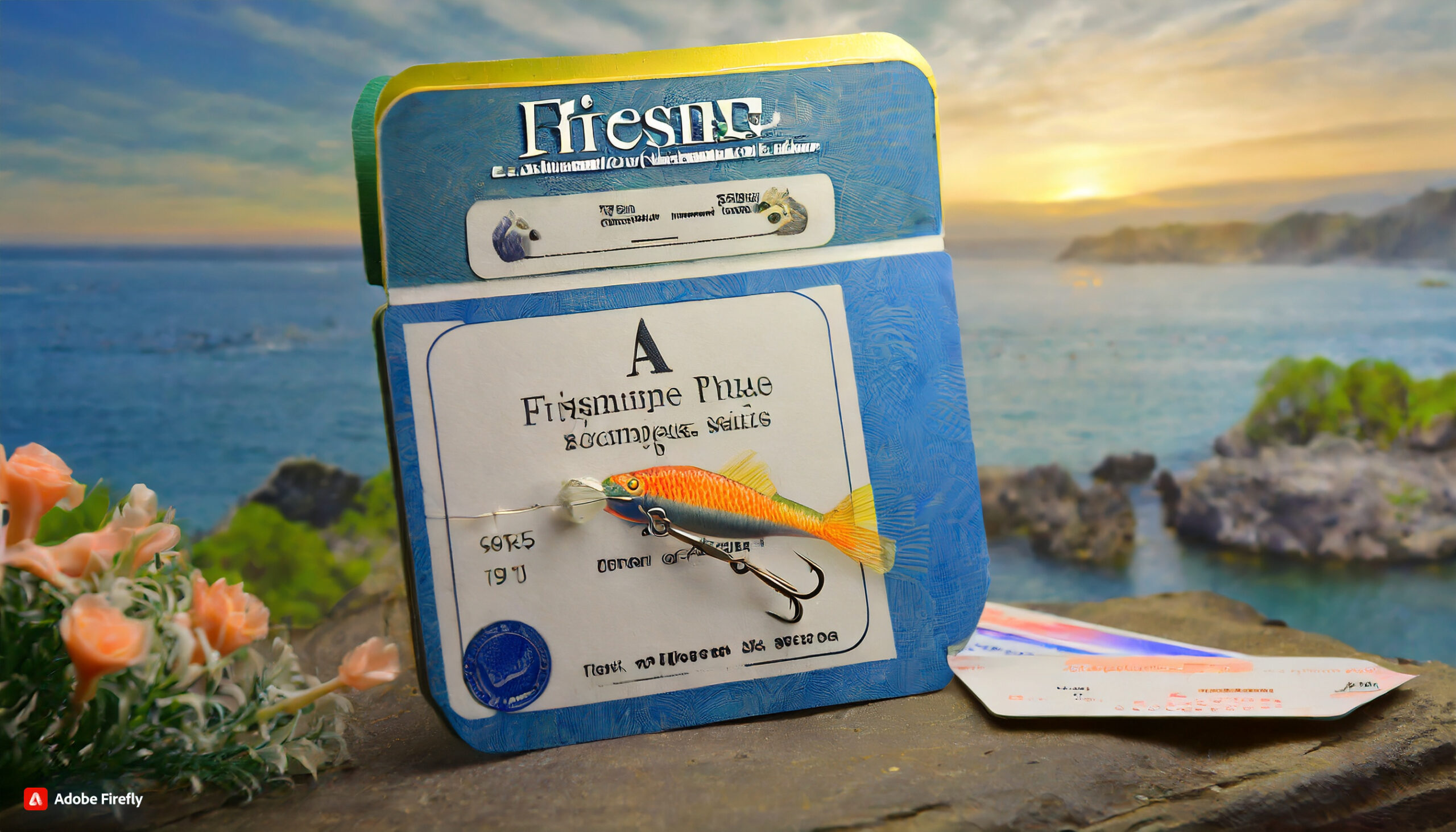
Leave a Reply